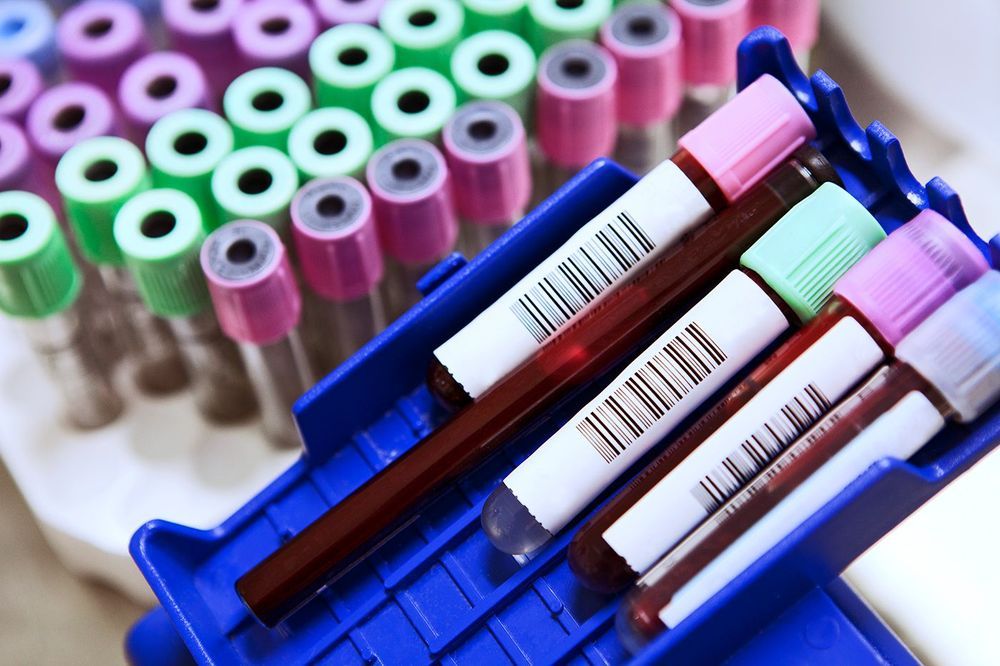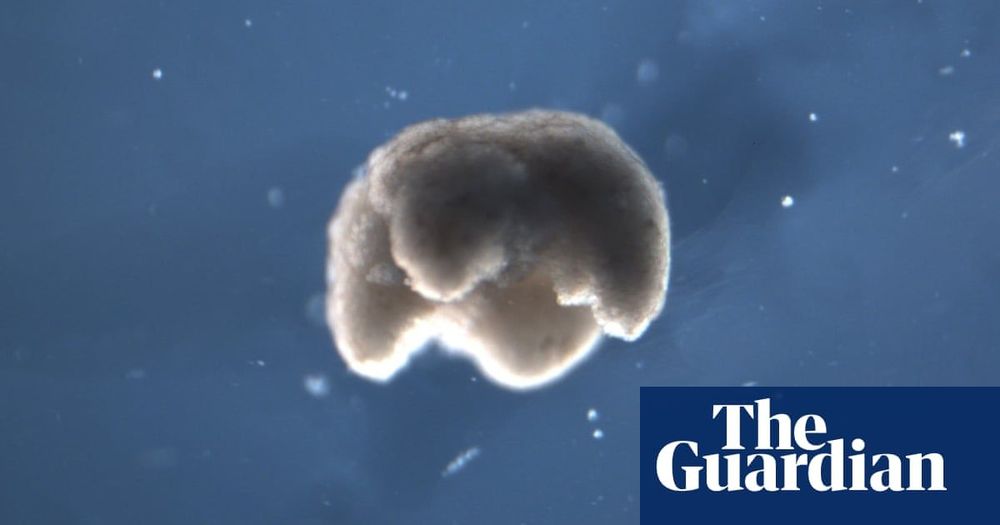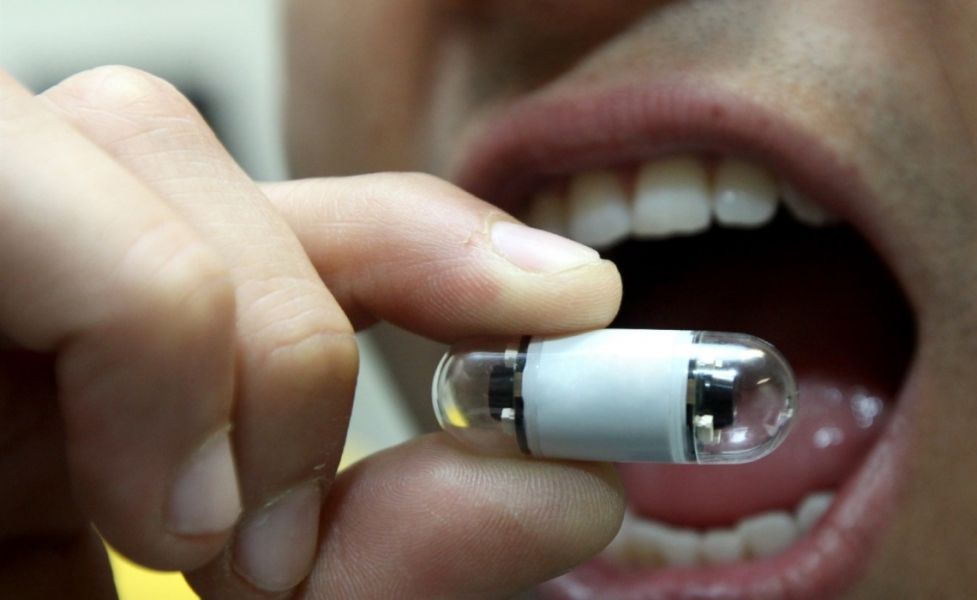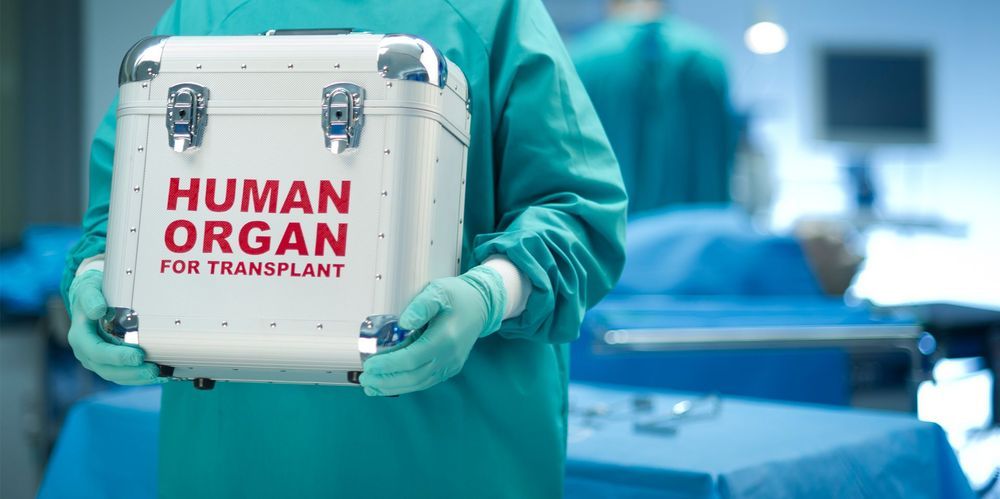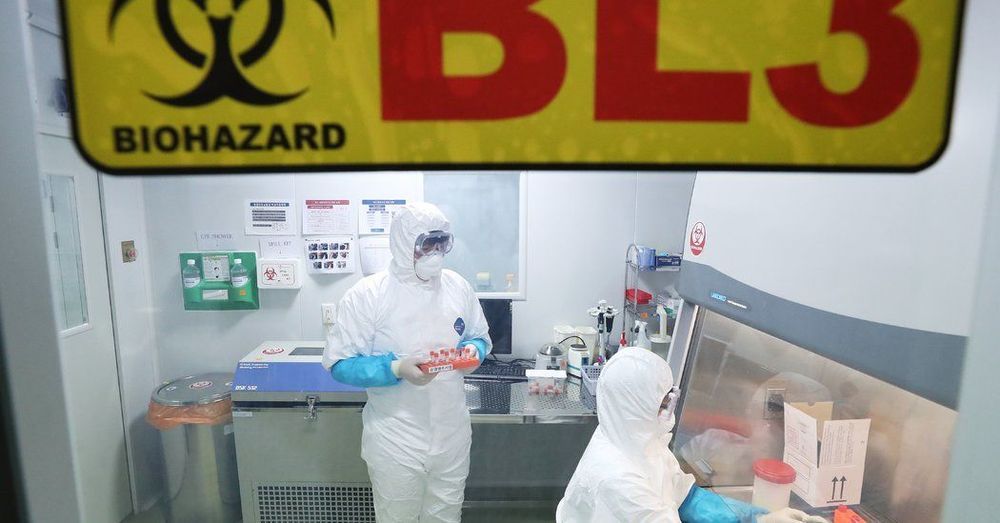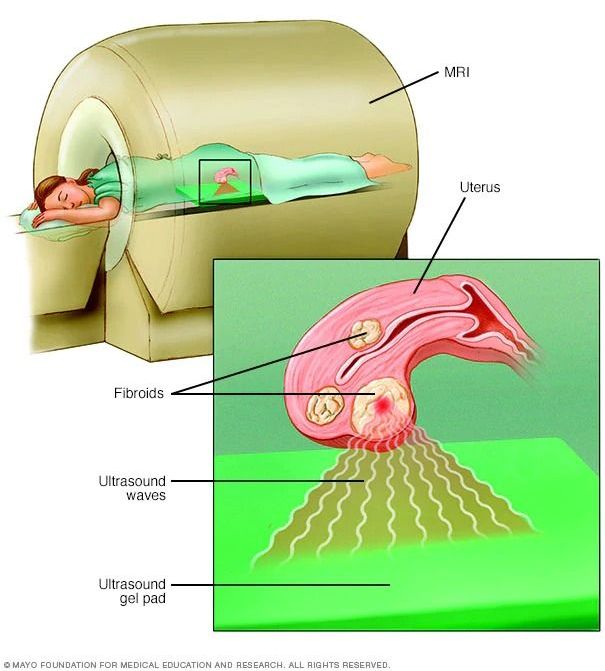Tooth loss is a concern that most people will face at some point in their life. According to studies, by the age of 74, 26 percent of adults will have lost all of their permanent teeth. Dentures are sufficient, but they’re uncomfortable and dental implants can fail and have no ability to “remodel” as the surrounding jaw bone changes with age.
All of these are reasons why some people have placed their hope in stem cell research. While there are controversy surrounds the new medical method such as the use and destruction of human embryos, not all research involves human tissue and has the potential to change a lot of lives.
A new technique being tested in the Tissue Engineering and Regenerative Medicine Laboratory of Dr. Jeremy Mao, Edward V. Zegarelli prof of odontology, and a professor of biomedical engineering at Columbia University, could make “tooth loss” a thing of the past. The cluster believes they need to find some ways to own the body’s stem cells, migrate it to a three-dimensional scaffold manufactured from natural material and insert it to a patient’s mouth.


